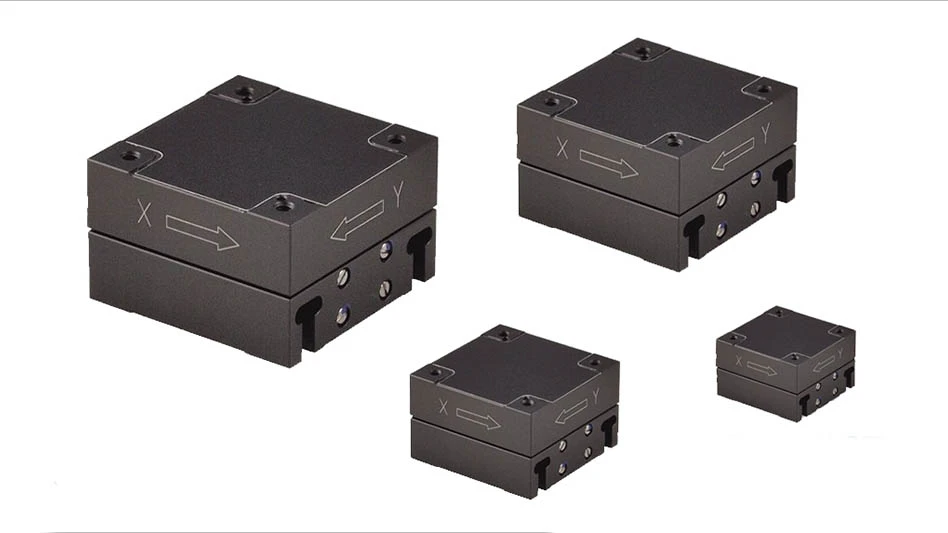
Solar Atmosphere

1) Which industries are the early additive manufacturing (AM) adopters?
A major leader of this transformational technology is aerospace. Players in this industry are constantly eliminating waste within their supply chains. In addition, they are always searching for better materials and newer designs to reduce aircraft weight. Weight savings directly correlate to improved fuel savings, which often determines airlines’ losses or profitability.
The medical device industry is beginning to ramp up within the AM arena. The intricacies of the human body can be mimicked by printing from an electronic file generated from an X-ray or a CAT scan. This personalized technology often eliminates the need for large inventories of expensive implantable devices.
2) Why do aerospace 3D-printed components demand thermal processing under a vacuum?
Since AM promotes low buy-to-fly ratios and generates less feedstock waste, the shape ultimately printed will be very close to the final dimensions. Machining or grinding typically removes contaminated surfaces that harm mechanical properties. Removing those operations makes the use of a vacuum furnace imperative.
A vacuum furnace for heat treating AM parts must demonstrate extremely low leak rates (less than 5µm per hour) and attain vacuum levels of 1x10-5 Torr or lower to produce clean, oxide-free results.
3) Which AM processes have you heat treated?
Five years ago, we vacuum heat-treated our first 3D-printed parts manufactured by the binder jet process (BJP). Initially, this process proved problematic. If not fully de-lubed, the binder vaporized, attached to the cold wall of the furnace, and coagulated into the pumps, creating a maintenance nightmare. Subsequently, we designed a better vacuum furnace with a cold trap to catch detrimental elements.
Since then, we have processed many direct metal laser sintered (DMLS) printed components. Recently, most of the printed work we process is produced by electron beam additive manufacturing (EBAM).
4) What type of materials and heat treatment processes are typical for AM parts?
We typically vacuum heat treat AM titanium. The predominant thermal process is Vacuum Stress Relieving. Layer-by-layer, molten material deposition and solidification causes tremendous stresses. Thermally relieving these stresses in an inert atmosphere results in a more robust and stable part.
We have vacuum heat-treated aerospace materials such as Inconel and precipitation hardening stainless steels. Vacuum solution annealing and vacuum aging are also thermal processes specified for AM parts.

5) What are the major pitfalls and roadblocks of the 3D-printing metallurgy?
AM metallurgy lacks industry-wide certifications and validations. Contrary to traditional homogenous wrought metallurgy, a printed structure is a layer-by-layer melt shop. The microstructural variants derived by the heat- and cool-affected zones of the build are truly understood by only a few primes. Their proprietary information is extremely confidential. Therefore, in my opinion, standardized and published AM specifications for each printing process is desperately needed for this new and exciting manufacturing method to flourish.
For more info: https://solaratm.com
Get curated news on YOUR industry.
Enter your email to receive our newsletters.
Explore the Additive Manufacturing Target Guide Issue
Check out more from this issue and find your next story to read.
Latest from Aerospace Manufacturing and Design
- Talking machine tools with the professionals who build them
- Tools and strategies for improving your machining processes
- America Makes announces QTIME project call
- Innovation meets precision for 40% faster machining
- Upcoming webinar: Pro tips from a supply chain strategist
- Heart Aerospace relocates to Los Angeles
- Fixtureworks introduces Stablelock Clamps
- Piasecki acquires Kaman's KARGO UAV program








